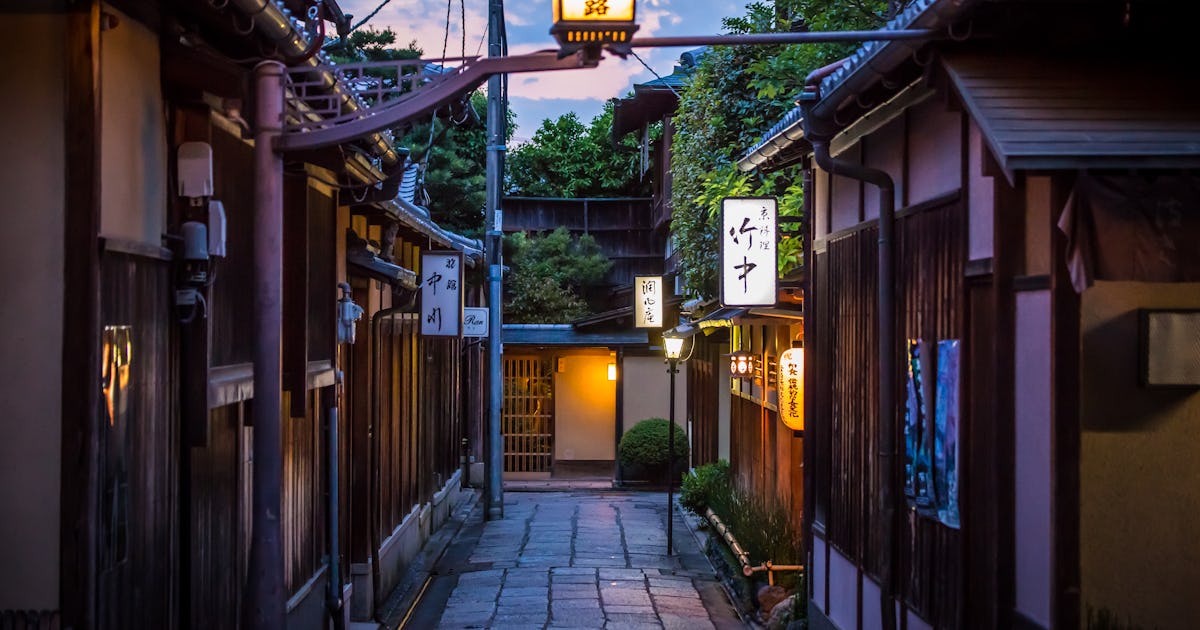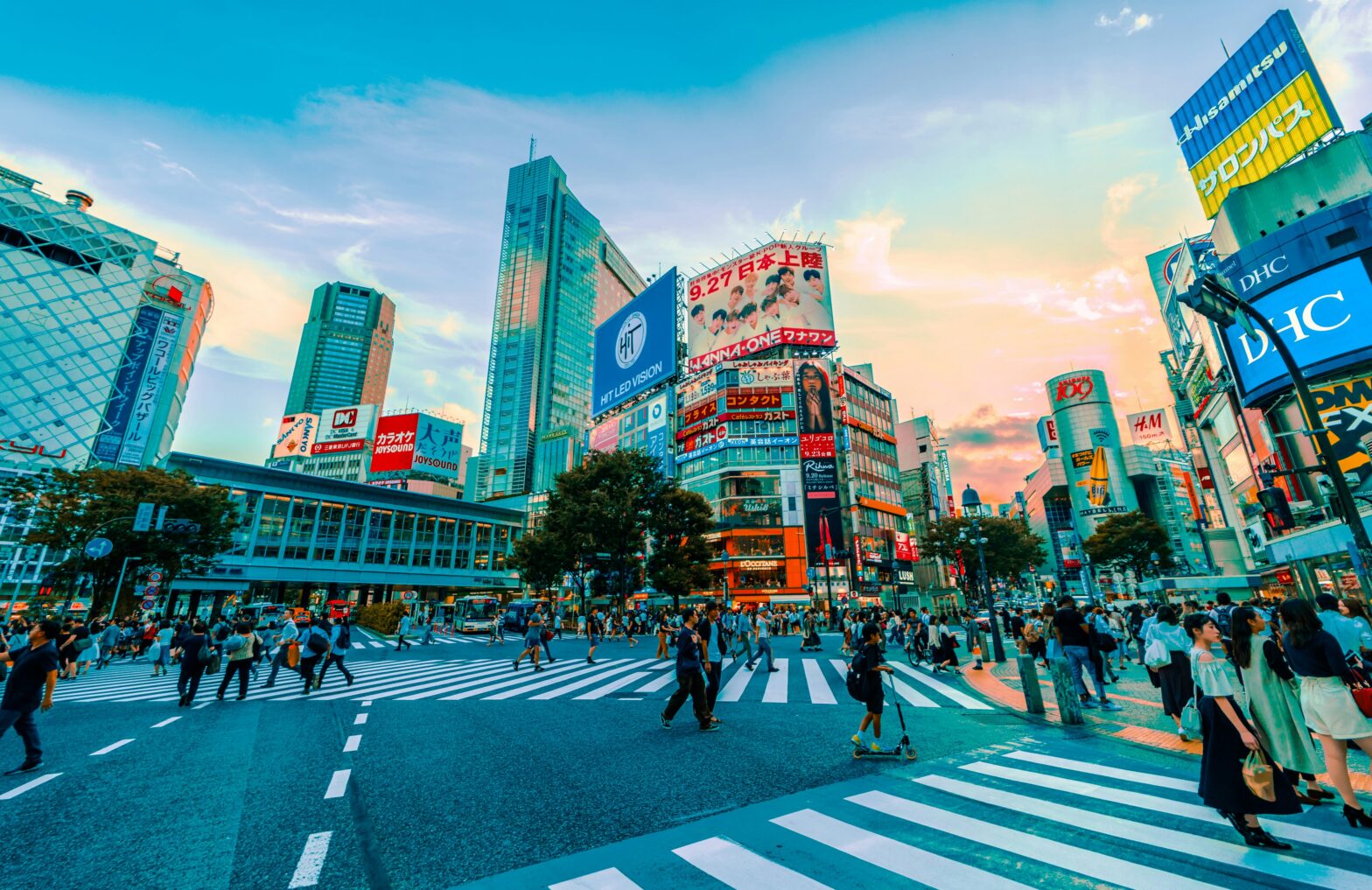
Japan welcomed a record number of visitors in November 2024. It wants to welcome 60 million a year by the 2030s. However, some argue that there are severe obstacles to achieving that goal – and Japan’s aging population ranks near the top.
The current crop of tourists is already stretching parts of Japan’s infrastructure to the hilt. We’ve written before about overcrowded public transit, busy (and illegal) taxis, and problems with tourists trespassing into private areas.
Those problems, however, seem solvable. And Japan has a huge incentive to solve them. As journalist Konohana Waka notes in President Magazine, the Japanese government predicts that tourism will go from 6.8% of the country’s Gross Domestic Product (GDP) to 8% by 2033.
But, Konohana argues, there are a number of risks to Japan’s tourism domination plans. Potential geopolitical threats involving China, Taiwan, and Korea are one set of problems. There are also challenges related to infrastructure (as I discussed above) and climate change. Severe weather – e.g., increasingly violent typhoons – and temperature changes that impact everything from cherry blossom viewing to skiing pose a different set of threats.
Facing population challenges head-on
But perhaps one of the most challenging is Japan’s rapidly aging and declining population.
Advertisements
An April 2024 report from a private group says that 40% of Japan’s 744 municipalities are at risk of disappearing completely due to population decline. That poses a threat to tourism, as it means locations that might once have served as tourist destinations could simply up and vanish.
That’s not a theoretical possibility. As I wrote recently, it’s already happening in Nagano Prefecture, where ski resorts are declining as owners die without leaving heirs. Population decline is also leaving more businesses short-staffed, leading to both a rise in prices as well as a decline in quality.
There are some municipalities beating the odds, however. Kotohana cites Beppu, the onsen town in Oita Prefecture. The city leverages part-time workers from Ritsumeikan Asia Pacific University (APU) – around half of whom are foreign exchange students – to work in the area’s onsen and restaurants. In other words, they’re taking the same tactic as combini in Japan that are supplementing their workforce with foreign exchange students.
APU and its students are also working with a number of other municipalities to figure out solutions for various regions of Japan. The students work together in groups to devise solutions that they share with local governments and private businesses.
Beppu thinks the model with APU – where a municipality taps a local learning institution both as a source of labor and a source of innovation – can work for other locales across Japan.
Kotohana says that many experts also agree that it’s important, not to blindly increase tourism to Japan, but increase tourism from those who both understand and respect Japanese culture.
Travel researcher Sataki Yoshihiro says, “If the goal isn’t to increase anime tourism but to bring more people who understand the history of Japanese culture and modern Japan more deeply, then that’s where we should invest our tax dollars.”
Kotonoha agrees, concluding, “It’ll be hard for Japan to solve labor shortages and preserve tourism just by throwing money at the problem. In order to truly become a world-class tourist destination, it has to fix and reform the structure of its tourism industry.”
link









